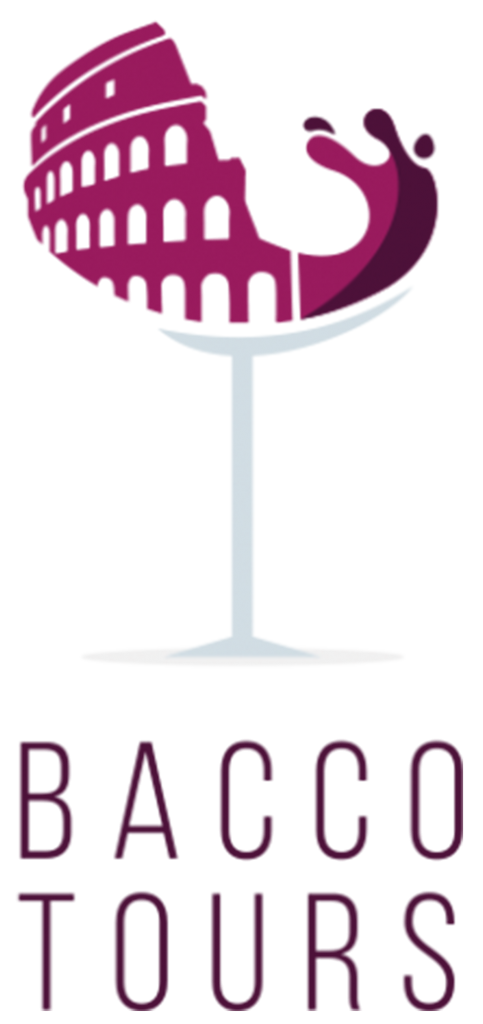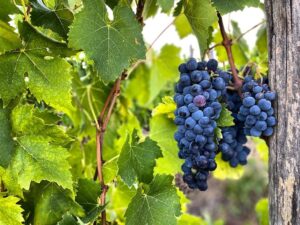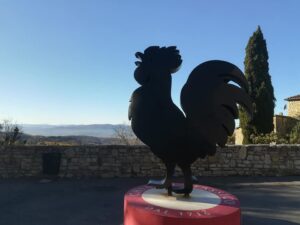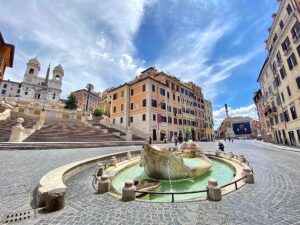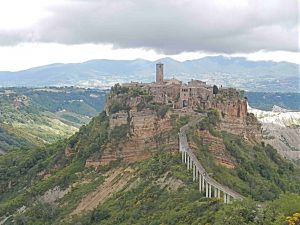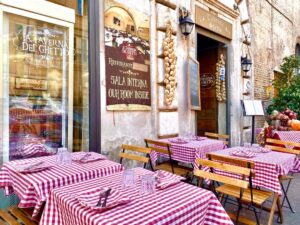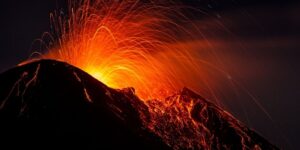
Barolo: the king of wines, the wine of the kings
Barolo king of wines
Barolo is one of the greatest Italian wines produced in the Piedmont region. The name Barolo comes from a little village in the Langhe Area located at the foot of the Alps (Piedmont=foot of mountain).
Barolo wine is made with 100% Nebbiolo grapes and is also called “king of the wines, and wine of the kings”. A theory says the word Nebbiolo is linked with the word noble, in fact the relationship between kings and Nebbiolo wines is very ancient.
The most important person linked with Barolo is Camillo Benso Conte di Cavour, the first prime Minister of Italy. He came from Piedmont and produced for the first time completely dry Barolo, before Barolo was a little bit sweet because it reflected the taste of the time.
The first king who appreciated bottles of Nebbiolo was the king of England Edward I in the 12th century who got some bottles of Nebbiolo as a present. When Charles V visited Italy 1575 he loved Nebbiolo. Thomas Jefferson used to love Gattinara (another great DOCG wine made with Nebbiolo Grape) and once used a ship to send two barrels overseas.
Another theory says the name Nebbiolo comes from fog (nebbia). In the Langhe Area it is very foggy, especially during the harvest which takes place very late in October. Other theories underline the fact that foggy refers to the thick layer of yeast which is covering the skin of the grapes.

Nebbiolo is an indigenous Grape of the Piedmont region which is used for some of the best DOCG wines of Italy such as Barolo, Barbaresco, Gattinara, Ghemme, Roero. Nebbiolo is a complex Grape and needs good weather conditions. In year 2002 for example some producers didn’t bottled Barolo because the weather conditions were not good enough. Barolo matches the best result in the terroir of the Langhe Area, a hilly area of clay and calcareous origin, which belongs to the Unesco list. Imagine that all over the world the vineyards of Nebbiolo varieties are 550 hectares, of which 75% in the Piedmont region.
The budding and flowering of the Nebbiolo vines are very early whereas the maturation of the grapes is very late sometimes in November. The harvest is usually in mid-October when the weather is cold and foggy.
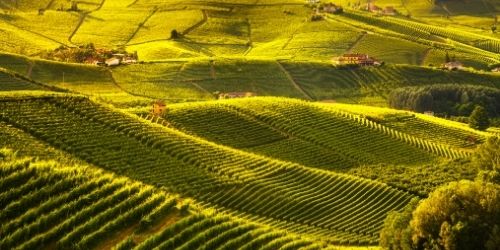
Barolo king of wines
Barolo DOCG must age at least 3 years (one in oak/chestnut barrels and two in the bottle), 5 years for the Riserva. Barolo reaches an interesting complexity after many years, sometimes decades thanks to its structure, tannins and high acidity. The grapes are so rich in poliphenolic substances because the harvest takes place late (mid October). With the ageing the rough tannins get smoother and rounder and the wine gets complex tertiary aromas such as liquorice, coffee, leather, spices and sometimes even ethereal aromas such as goudron.
One of the characteristics of the Nebbiolo is that the skins are very poor of malvidina, the antocian which gives color to the wine. A solution to this problem is a long maceration, during fermentation, between skins and must. Sometimes they are in contact for 20 days to extract so much color as possible. The only mandatory consequence with a long maceration is a long maturation in oak barrels and in the bottle to get pleasant tannins.
Unfortunately not all producers want to wait a lot of time to sell their wines. For this reason today in the Barolo area we have two different methods to produce Barolo.
The traditional method has long maceration and consequently long ageing. The wines age in big barrels and get noble and more complex characteristics.
On the other side we have the young producers of Barolo, also called Barolo Boys. They keep the maceration short and during fermentation they rise a little bit the temperature. To give more color as possible in a short time they produce also smaller grapes. In this way there is more contact (and obviously more malvidina) between the antocians on the skin and the must during fermentation.
The Barolo boys age the wines in small barriques which give more standardized aromas in a shorter time. The wines in this case are ready to drink before the traditional Barolo wines which need more years to reach their peak.
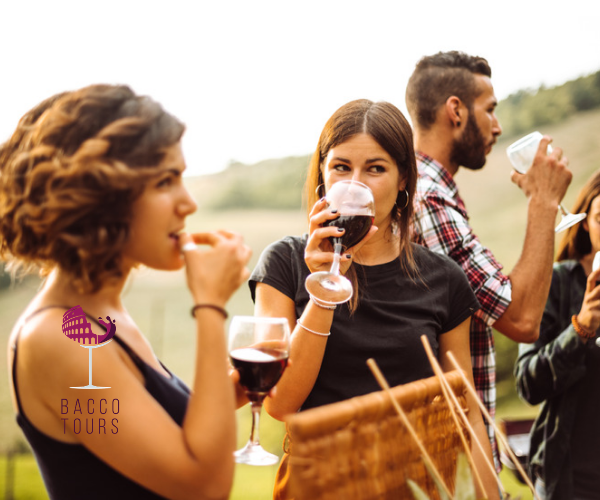
Barolo king of wines
Regarding the wine pairing Barolo matches perfectly with the traditional plates of the Langhe Area such as Brasato al Barolo or tajarin (local pasta) with truffle. The richness of tannins and the structure of Barolo wines can also be paired with wild meat, pasta with porcini mushroom and aged cheese.
To sum up Barolo is one of the most famous wines of Italy but you can find many different bottles of Barolo from 10 euros to thousands of euro.How can it be possible to find a Barolo for 10 euros?
If we think about the effort that producers make to produce one single bottle we can simply reach to the conclusion that a 10 euro Barolo has no personality and persistence. It might be as any other red wine which has been in a barrique. In the mouth it is anonymous with an industrial touch with a standardized aroma. The producer probably sell it using the brand and only for business.
The thing that I find more fascinating in a wine is that every bottle is different one from the other. I am always curious to find the peculiarity of different wines. Even if producers, lately, tend to make industrial wines all the same, we are happy that there are still some producers who are seeking for long aging and are against industrial wines. Next time you find a Barolo for 10 euros think about the long work that producers do and try to give them some respect: don’t buy a 10 euro bottle of Barolo only for the name. You can find many other bottles for the same price with less famous name, but with personality and taste.
WINE TOURS ITALY
